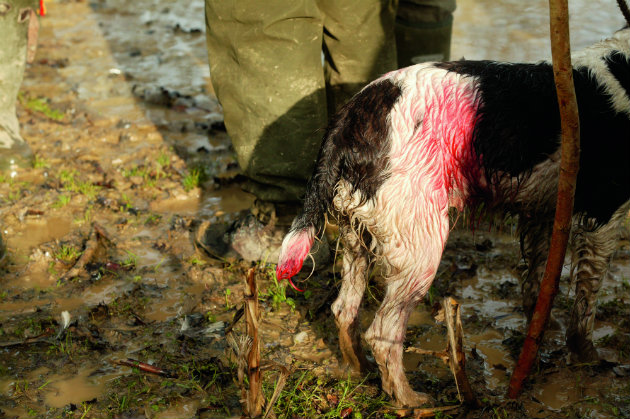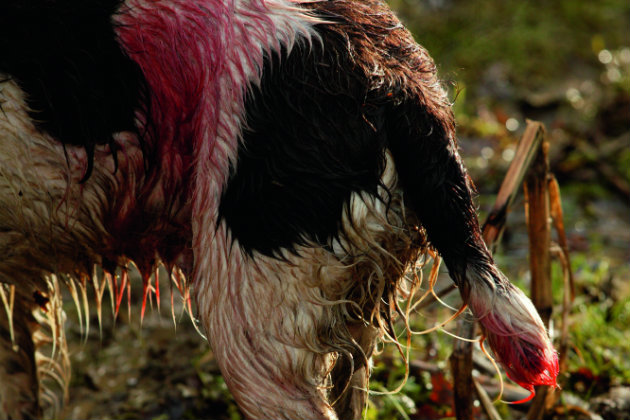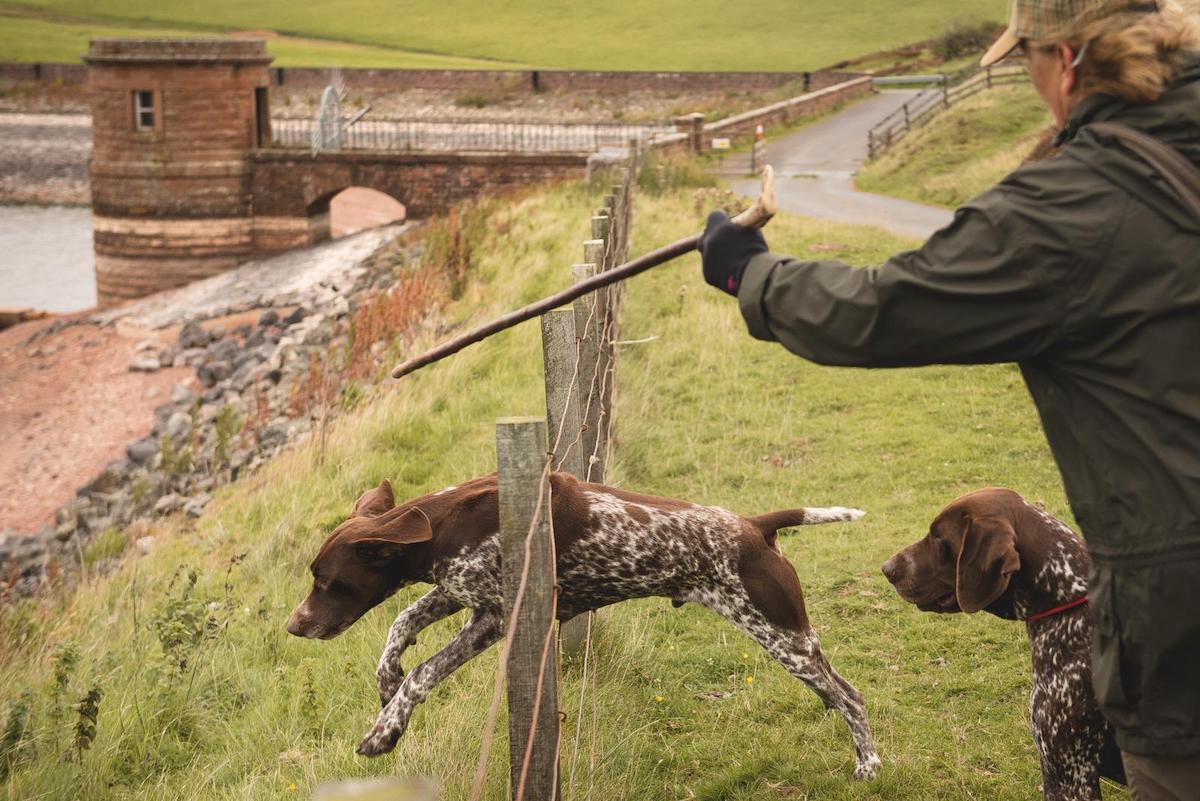Holyrood has announced plans to change tail docking legislation to allow the tails of spaniel and hunt, point, retrieve (HPR) puppies to be…
Win CENS ProFlex DX5 earplugs worth £1,149 – enter here
Scottish Government turns tail on working dog tail docking
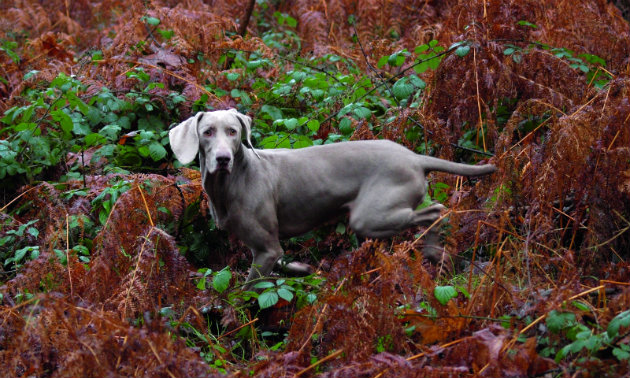
Those of us with British passports may think that we live in a united kingdom, but that’s certainly not the case, as a look at the law will soon confirm. In Northern Ireland, it is legal to shoot a jack snipe or a scaup, but not a moorhen. It is the other way round in mainland Britain. Curiously, the pheasant season finishes on 31 January in Northern Ireland, not 1 February as on the mainland. Whether you can shoot wildfowl on a Sunday is another tricky subject: several English counties, along with Scotland and most of Wales, don’t allow it.
In Wales it has been illegal since 2007 to use an electric collar on a dog, but there is no such restriction in England, though there soon will be in Scotland. However, the forthcoming Scottish legislation, shortly to be presented to the Scottish Parliament, will contain an important loophole. Electric collars will still be legal when used under the supervision of an approved trainer or vet. The reason, according to Roseanna Cunningham, the Scottish environment secretary, is that there is no documented record of deliberate abuse of dogs with electric collars in Scotland, and there are examples of collars being used in some circumstances to benefit the welfare of animals. This does seem to be a sensible decision, and it is a shame the Welsh assembly didn’t do something similar.
Dropping the ban on working dog tail docking
The decision on electric collars is just one of several proposed changes to the 2006 Animal Health and Welfare (Scotland) Act. However, by far the most significant is a dropping of the outright ban on docking the tails of working dogs, introduced despite fierce opposition 10 years ago. Instead, the tails of spaniels and HPRs will be allowed to be shortened by a third if the vet believes that they are going to be used as working dogs, and therefore liable to suffer serious injury later in life.
This was a decision fought for by many gundog owners in Scotland, and one supported by several organisations, including the Scottish Gamekeepers Association (SGA), BASC Scotland and the Scottish Countryside Alliance. In February 2014, the SGA presented the then environment secretary, Richard Lochhead, with a 4,158-signature petition calling for the ban to be reversed for working dogs on the grounds of animal welfare.
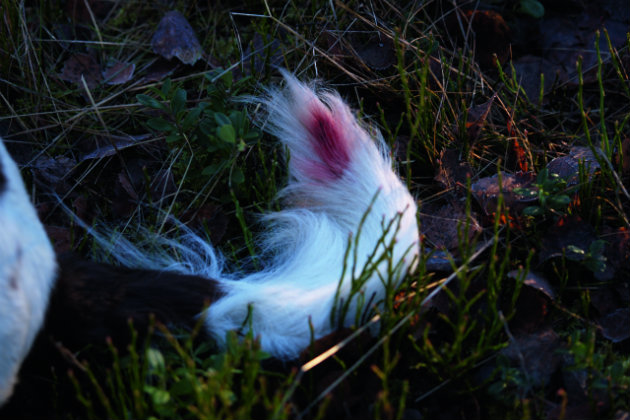
A bloody coup: Scotland reverses its ban on docking
We all know how politicians often ignore petitions, but in this case the Scottish Government published a consultation document on tail docking on its website; this received 906 responses, 873 from individuals and 33 from organisations. By far the biggest response was from owners of working dogs. No less than 92 per cent of those who responded thought that vets should be allowed to dock working dogs’ tails, and a majority thought that any vet should be able to do this, not one specially approved. The responses, most of which are viewable on the Scottish Government’s website, make persuasive reading.
All this was sufficient to convince Mrs Cunningham, MSP for Perth, that a change in the law would be good for animal welfare. “We have seen evidence that some working dogs are suffering tail injuries and so I have decided to allow vets to shorten the tails of spaniels and HPR puppies,” she said. I hope she will be sensible enough to ensure that the legislation includes all spaniels, including sprockers. The Welsh legislation permits docking of English and Welsh springers and cockers, but (curiously) not “a combination of breeds”.
The SGA was delighted with Mrs Cunningham’s announcement, as was the Scottish Countryside Alliance. Its director, Jamie Stewart, noted that “it has been a journey to get to this point, with many individuals and organisations working together to support an exemption based on animal welfare concerns”.
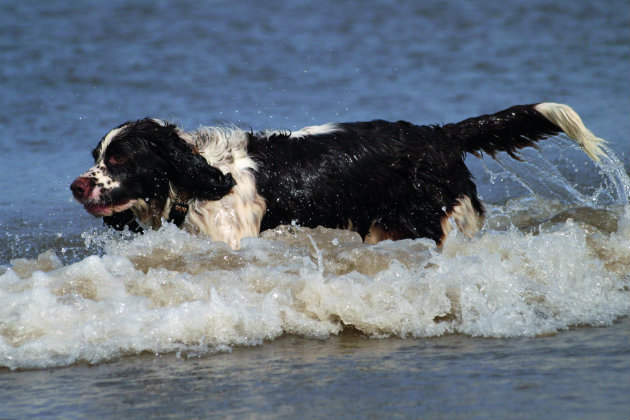
The Welsh legislation permits the docking of English and Welsh springers and cockers, but not sprockers
Not everyone responded with the same sentiments. The British Veterinary Association (BVA) and its Scottish branch described it as “a disappointing deal for dogs in Scotland”, adding that the overturning of the docking ban was a retrograde step for animal welfare. BVA president Gudrun Ravetz added: “After the clear leadership the Scottish Government has shown on tail docking, we are saddened at the decision to change its stance. BVA has carefully considered all the evidence and remains convinced that tail docking in dogs is detrimental to animal welfare.”
Ms Ravetz, who was elected president of the BVA in September, is a small-animal vet in Cumbria; she has been involved in veterinary politics for a large part of her career. Perhaps she has never come across cases of working dogs with damaged tails in her surgery? Fortunately, many practising vets disagree with both her and the BVA’s stance on docking.
You won’t be surprised to learn that the BVA wasn’t too pleased about the electric-collar decision either, with its Scottish branch president, Grace Webster, commenting: “Electronic training devices, such as pulse collars, have a negative painful effect on dogs… We have grave concerns over how enforceability will work without an outright ban.”
As far as I am aware, there are no plans to change the law on electric collars in England, though the Kennel Club still wants an outright ban. What would be welcome would be a lifting of the existing English ban on exhibiting dogs with docked tails in shows where the public pays to enter. Strangely, there is no similar rule in Scotland.
Dog tail docking
What can you do quite legally in England which could cost you a fine of up to £5,000 or even…
Tail docking in dogs: is it legal? Which breeds can be docked?
Tail docking: It is one of the most emotive subjects in the gundog world, so education is key to knowing…
Related Articles
Get the latest news delivered direct to your door
Subscribe to Shooting Times & Country
Discover the ultimate companion for field sports enthusiasts with Shooting Times & Country Magazine, the UK’s leading weekly publication that has been at the forefront of shooting culture since 1882. Subscribers gain access to expert tips, comprehensive gear reviews, seasonal advice and a vibrant community of like-minded shooters.
Save on shop price when you subscribe with weekly issues featuring in-depth articles on gundog training, exclusive member offers and access to the digital back issue library. A Shooting Times & Country subscription is more than a magazine, don’t just read about the countryside; immerse yourself in its most authoritative and engaging publication.






